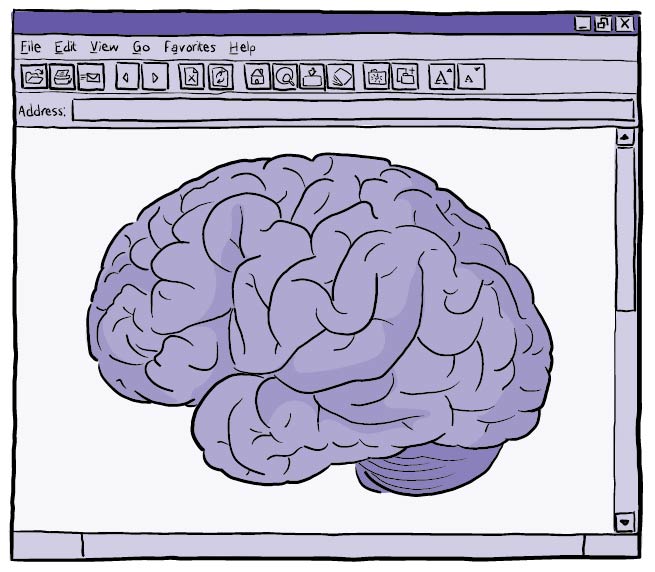In its broadest sense, a temple is a place devoted to a specific and elevated purpose, one not necessarily limited to the spiritual. Maybe it’s fair to say that what I’ve needed lately are secular temples, houses where I can refocus my capacity for reflection, which has been eroded by an economy hinging upon attention as a commodity. In this world, the time and space set aside for the rigorous and uninterrupted contemplation of almost anything have shrunk, and as this happens, this kind of time and space have taken on an intensity verging on the spiritual. The indispensable conveniences of modernity—the internet, smartphones, social media—feel to me like a never-ending series of false idols standing in opposition to this intensity.
It was with this mind-set that I stumbled upon the long-hidden temples of illustrator and spiritual seeker Herbert Crowley. Philadelphia artist and scholar Justin Duerr’s monograph The Temple of Silence: The Forgotten Works and Worlds of Herbert Crowley (Beehive Books, 2019) compiles much of Crowley’s extant work, including drawings, comics, and sculptures, and presents his detailed personal history. Duerr’s nineteen-inch-tall book reproduces a number of Crowley’s meticulously hand-drawn temples, including the Temple of Love, Temple of Mysteries, the Temple of Silence, and a two-page spread dedicated to the Temple of Dreams. This last image is featured on the book’s cover, which replicates, in some small measure, the experience of encountering Crowley for the first time. A keyhole cut-out in the sleeve that protects the cover only teases a glimpse of the Temple of Dreams, but as you slip the book from the sleeve, you are treated to a full vision of Crowley’s lush drawing.
Through Duerr’s essays on Crowley’s life and work, a picture emerges of Crowley as a Forrest Gump–like character, always standing at the elbow of those destined for greater legacies. Crowley’s work was critically lauded in its time, until the artist defied all predictions of breaking big by removing himself from his professional milieu and eventually destroying most of his own work. This final gesture of privacy underscored his vision of art as a divine practice and feels unrecognizable in our current social climate, which dictates that no act should go unobserved—“Pics or it didn’t happen.” Crowley’s defiance speaks to the integrity of an artistic process that today is threatened by a professional obligation to constantly...
You have reached your article limit
Sign up for a digital subscription and continue reading all new issues, plus our entire archives, for just $1.50/month.
Already a subscriber? Sign in





